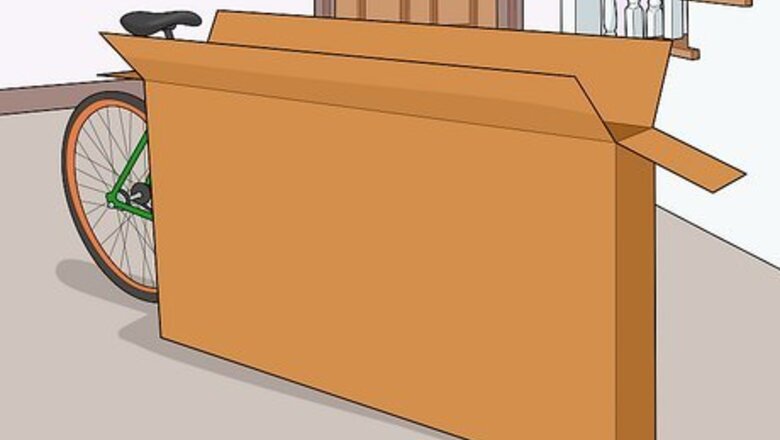
views
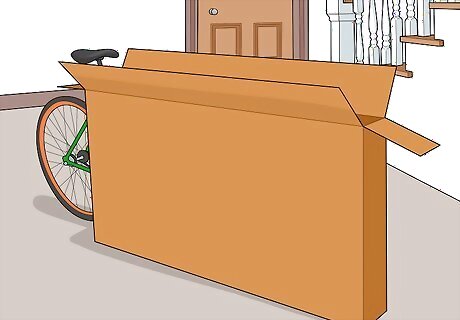
Acquire a bicycle-specific box from your local bike shop. If the shop is not able to provide you with a free used box, you can usually purchase a brand new box for a small fee. Remove, or cover, any existing shipping labels on pre-used boxes.

Remove the bike's handlebar, pedals, seat post and front wheel. Most of these parts can be removed by hand, although you may need to employ a small wrench in order to remove the pedals. Shift the bicycle chain onto the small chain ring, and the largest rear cog, before attempting to remove the pedals. Turn the right pedal counter-clockwise, and the left pedal clockwise, to unthread. Loosen and remove the seat post and seat as a unit. Once removed, retighten the seat post bolt so the seat does not fall out. Set all loose parts safely aside.
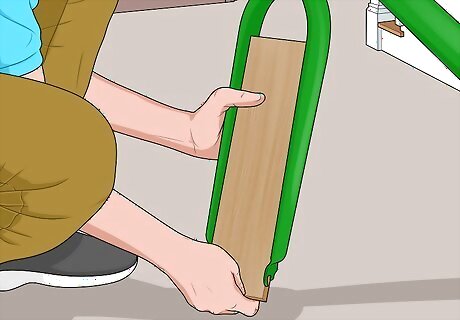
Insert an appropriately sized block of wood between the front fork dropouts (in place of the wheel). Ensure the block fits snugly and cannot be easily removed in order to protect the forks from damage.
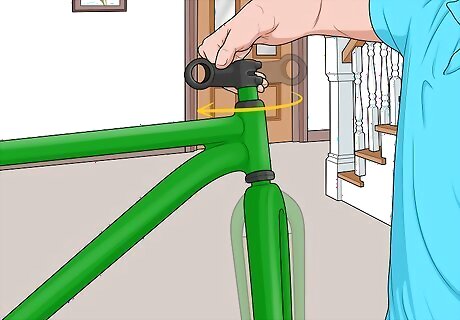
Rotate the fork and stem so they are facing backwards.
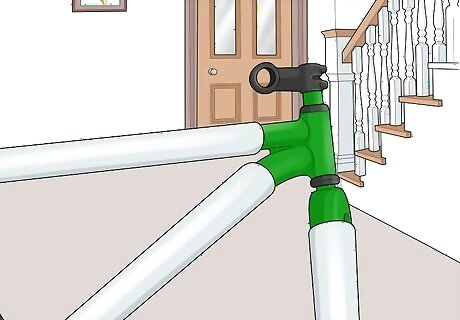
Wrap and/or pad the bike's tubes and loose parts. You can use bubble wrap, cardboard tubing or an appropriately cushioned packing material. This will protect the bicycle and its parts from being scratched, nicked or otherwise damaged during transit.
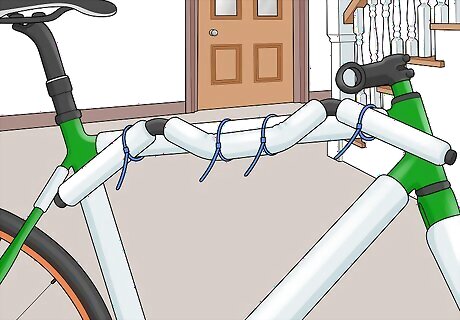
Secure the wrapped handlebar and other loose parts to the frame using tape and/or plastic ties.
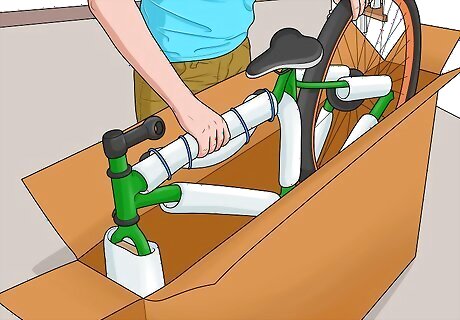
Place the wrapped bike securely into the box. Use additional shipping material to fill any empty space in order to prevent the bike from rattling or shifting inside of the box.

Seal and ship the box per instructions from your local courier or parcel service.















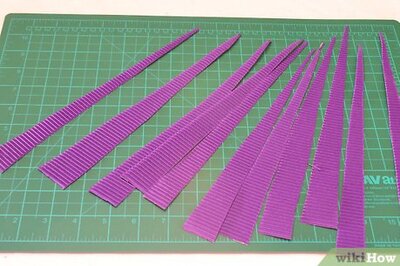




Comments
0 comment